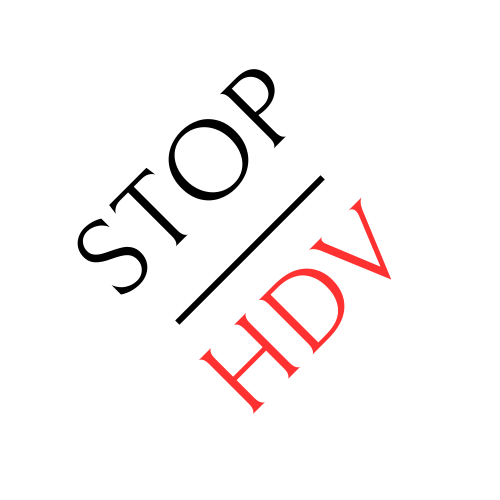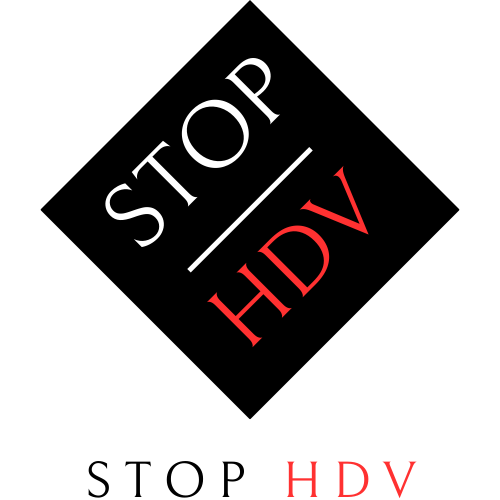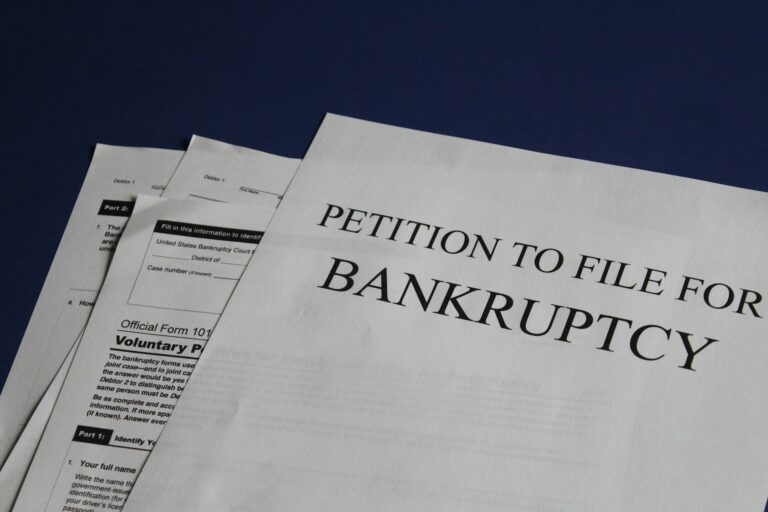Filing for bankruptcy is often misunderstood, making many Canadians feel apprehensive or misinformed when financial hardship strikes. Despite its prevalence as a debt relief option, myths and misconceptions about Canadian bankruptcy persist, often discouraging those who might benefit from exploring insolvency. This blog sheds light on the most widespread bankruptcy myths, offering readers clear, factual insights so they can make informed decisions. Whether you’re seeking to learn more about debt solutions or support a friend, this comprehensive guide will provide clarity on bankruptcy in Canada.
Understanding What Bankruptcy Means
Filing for bankruptcy is a legal process designed to help individuals or businesses struggling with overwhelming debt. Unlike what some might believe, it’s not an easy way out or an option that’s taken without serious consideration. The goal is to provide honest but unfortunate creditors with a fresh start while ensuring a fair process for those owed money.
Bankruptcy Isn’t a Reflection of Character
A common myth is that only irresponsible people or those lacking financial discipline file for bankruptcy. The reality is, that financial distress can happen to anyone due to reasons like medical emergencies, job loss, divorce, or unexpected expenses. Filing for bankruptcy simply means a person is seeking debt relief through a legal process—not that they are morally or personally lacking.
Bankruptcy Doesn’t Mean Losing Everything
Fear of losing all assets is a top concern, but Canadian bankruptcy laws allow individuals to retain certain essential possessions. Provincial exemptions protect necessary assets, which might include basic household items, clothing, a modest car, and even some home equity. Understanding these protections can ease anxieties about insolvency and help separate fact from fiction.
Misconceptions About Credit Ratings and Future Financial Health
People often assume bankruptcy will permanently destroy their ability to access credit. While it does impact credit scores, the effect is temporary.
Bankruptcy and Credit Recovery
A first-time bankruptcy will appear on a credit report for six to seven years after discharge. However, it won’t prevent you from rebuilding your credit. Many Canadians begin improving their score within months by using secured credit cards, consistently paying bills, and managing finances with care. Lenders also recognize that bankruptcy is sometimes the result of uncontrollable circumstances, and responsible credit use post-bankruptcy can help regain trust.
Getting Loans After Bankruptcy Is Possible
A persistent bankruptcy myth is that obtaining future loans or mortgages is impossible. While borrowing options may be limited and interest rates higher shortly after bankruptcy, many financial institutions offer rebuilding loans or secured credit products targeted to those with past insolvency. Demonstrating reliable payments goes a long way toward repairing financial standing and eventually qualifying for standard lending products.
False Beliefs About Who Can File and When
Canadian bankruptcy law is available to a broader range of people than some believe.
Bankruptcy Isn’t Just for the “Desperate”
Some think bankruptcy is only for the most severe cases of debt. However, Canadian law permits anyone owing more than $1,000 and unable to meet their obligations to consider bankruptcy. Other solutions like consumer proposals or debt management plans may suit those with moderate debt, but bankruptcy provides a structured path for individuals with unmanageable financial burdens.
Self-Employment and Bankruptcy
A significant number of self-employed Canadians believe they aren’t eligible to file for bankruptcy. This isn’t true; self-employed individuals can use bankruptcy as a solution if they meet legal criteria, just like salaried employees. Insolvency facts show that business owners struggling with debt can also benefit from debt relief programs.
Myths About What Happens to Debts and Legal Actions
There’s confusion about what kinds of debts bankruptcy eliminates and which legal protections it provides.
Not All Debts Are Discharged
It is a misconception that bankruptcy wipes out every single debt. Debts including student loans (under specific timelines), court-imposed fines, child and spousal support, and debts from fraud usually survive bankruptcy. Most unsecured debts, such as credit cards or personal loans, are discharged, offering significant relief.
Bankruptcy and Lawsuit Protection
Bankruptcy stops collection calls and most legal actions related to debt the moment you file. This “stay of proceedings” means wage garnishments and lawsuits related to eligible debts typically cease, giving debtors immediate relief and a chance to reorganize.
Clarifying the Process and Obligations
Filing for bankruptcy is a regulated process, not an automatic outcome, and involves specific legal steps.
Licensed Insolvency Trustees Guide the Process
Contrary to the belief that anyone can manage their bankruptcy, Canadian law requires individuals to work with a Licensed Insolvency Trustee (LIT). These professionals evaluate your finances, file paperwork, and act as a neutral intermediary between you and your creditors. Their support ensures that the process runs fairly and transparently.
Completion of Duties Is Essential
Bankruptcy comes with obligations, not just benefits. During the process, you must submit monthly income and expense reports, attend credit counseling, and make required payments. Failing to meet these obligations can extend bankruptcy or lead to other penalties. Being proactive and communicating openly with your trustee is critical.
The Impact of Bankruptcy on Daily Life
Concerns about employment and social consequences often deter people from considering bankruptcy.
Most Employers Never Know About Your Bankruptcy
There’s no requirement to tell your employer unless your job legally requires it (such as those handling trust accounts). Bankruptcy records are public, but very few employers actively search for this information. Most Canadians never see an impact on current or future employment due to bankruptcy.
Bankruptcy Does Not Make You “Untouchable”
Another unfounded fear is that bankruptcy will make it impossible to rent, get insurance, or participate in financial life. While there may be more scrutiny, especially when it comes to credit-based applications, it is not impossible and many Canadians find that, over time, these hurdles become easier to overcome.
Exploring Alternatives and Gaining Accurate Insights
Believing bankruptcy is the only answer or quickest fix can be misleading. There are alternative options and resources available for debt relief.
Consumer Proposals and Debt Solutions
A consumer proposal is a bankruptcy alternative that allows individuals to negotiate a payment plan with creditors. Debt consolidation and management programs are also worth considering. Getting informed about all available options, not just bankruptcy, helps Canadians pick the best pathway forward.
The Importance of Reliable Information
Given the prevalence of bankruptcy myths, consulting a Licensed Insolvency Trustee or trusted financial advisor is essential to learn more about your unique circumstances. Educated decisions are always more effective than those made based on misconceptions or hearsay.
Next Steps for Taking Control of Debt
Facing financial hardship is hard enough without being misled by common debt misconceptions. Understanding Canadian bankruptcy and the real facts about insolvency can empower you to make the best decision for your future. If you’re seeking to learn more or to see if bankruptcy or another debt solution is right for you, scheduling a free consultation with a Licensed Insolvency Trustee is a valuable first step.
Be proactive, seek accurate information, and take charge of your financial well-being. Countless Canadians have found relief and a fresh start once they separated fact from fiction.


